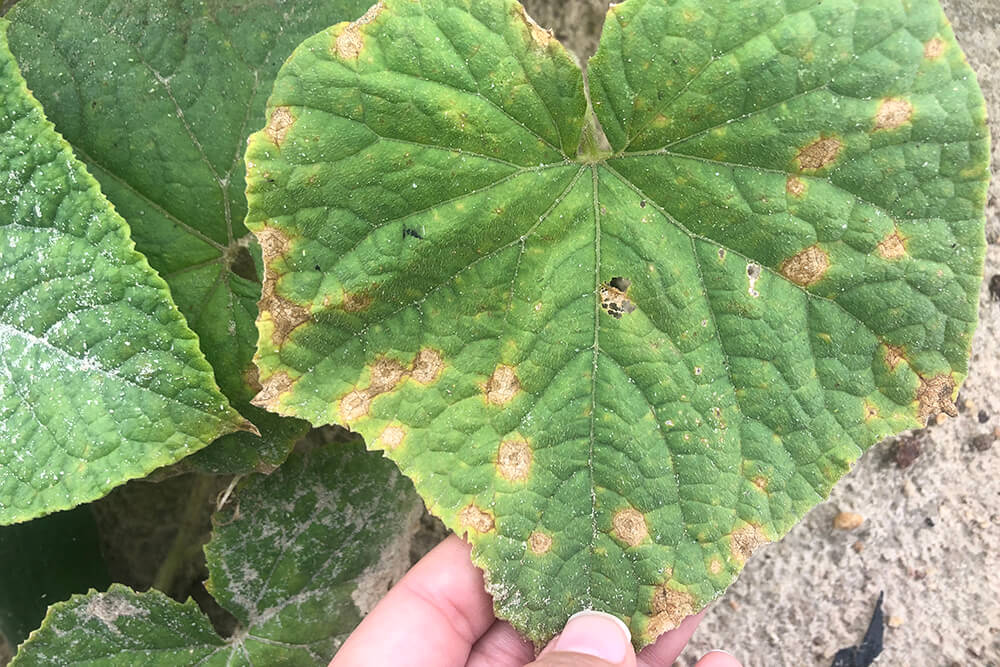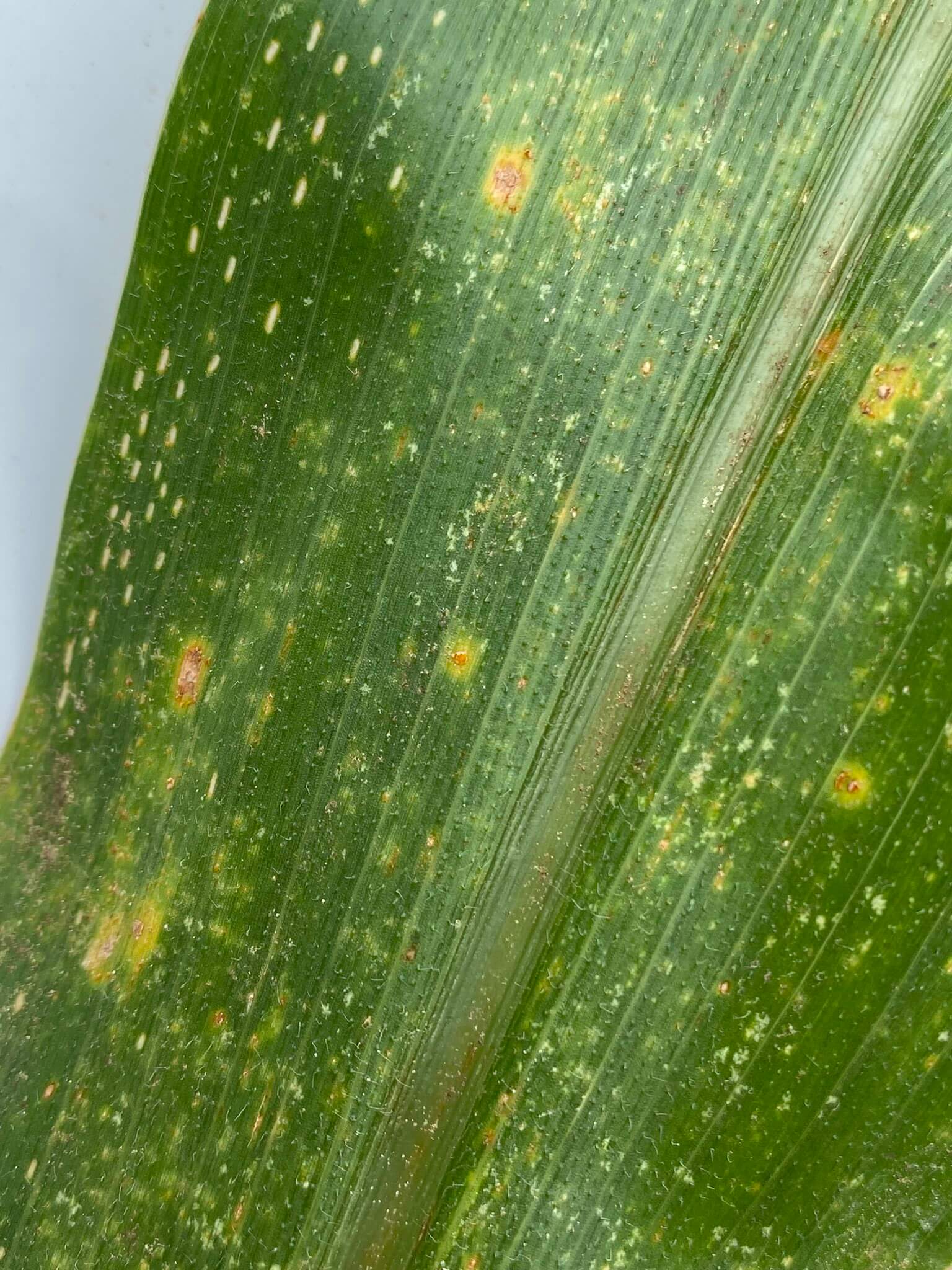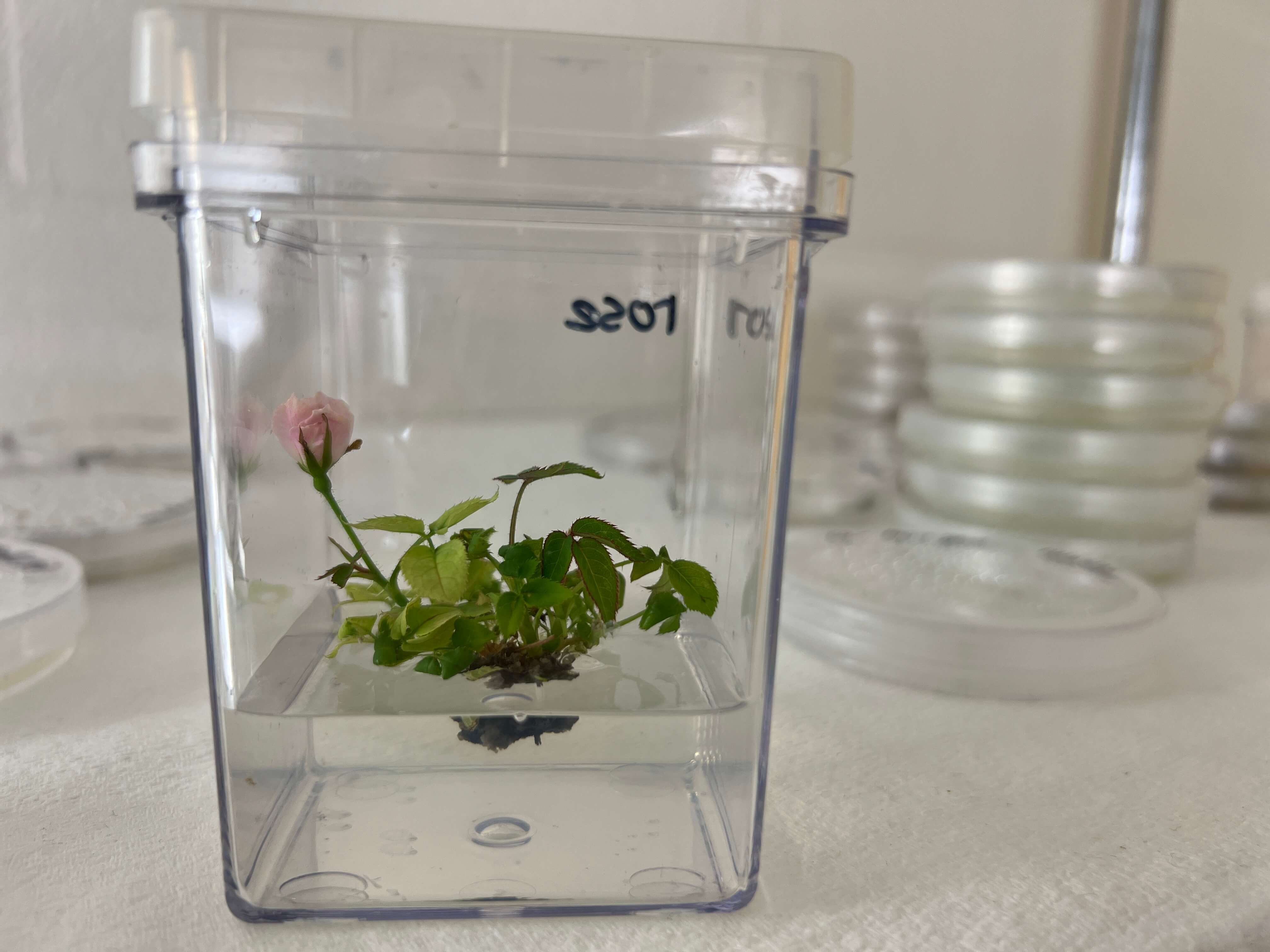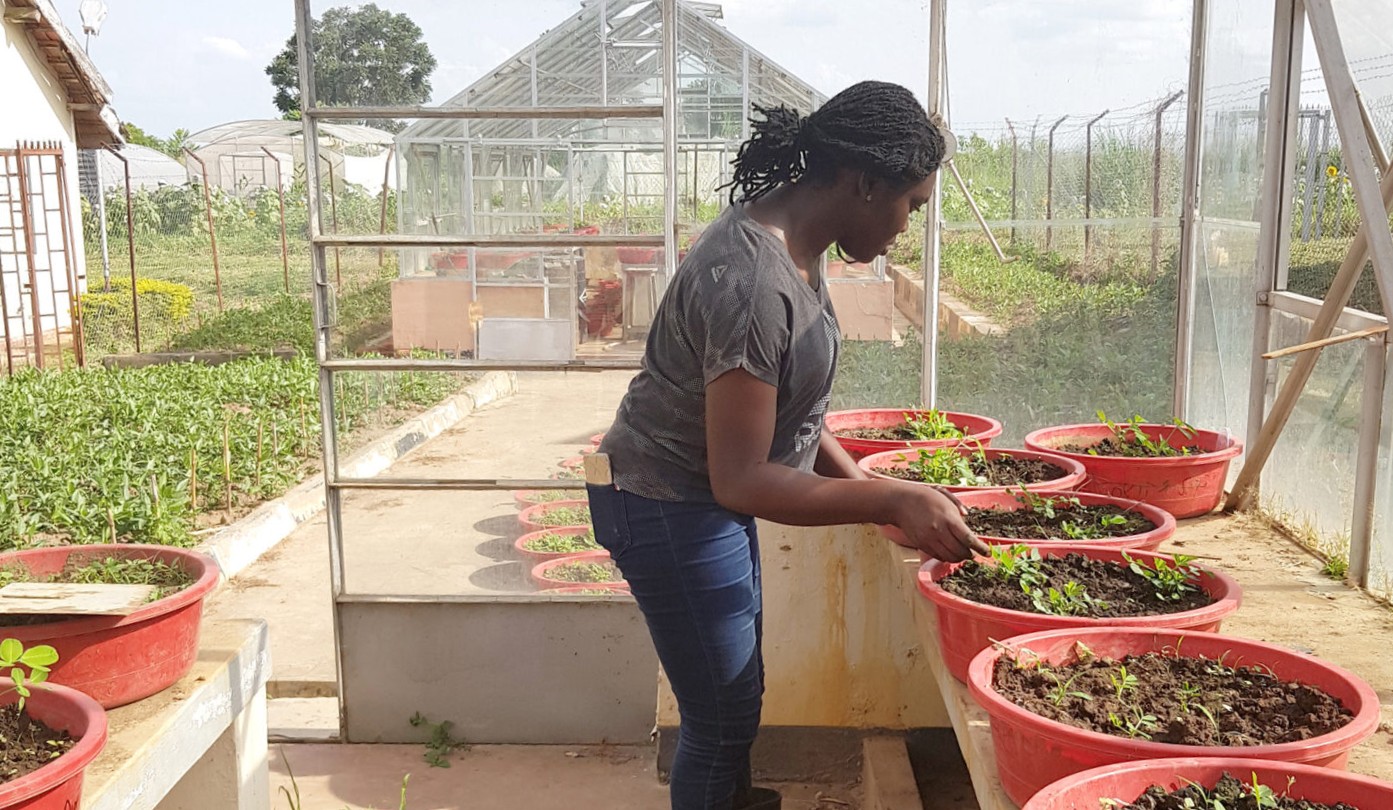Farmers may have more success growing peanuts if they don’t continuously plant peanuts in the same field, according to Scott Tubbs, University of Georgia Tifton campus’s research cropping system agronomist for peanuts.
Tubbs has studied the impact of peanut rotation since 2008. Instead of growing peanuts in a field for consecutive years, called "continuous peanut rotation," he believes that Georgia growers should plant a rotation of crops in each field, allowing time to avoid the buildup of diseases, nematodes and other pest problems.
In research conducted at UGA-Tifton, Tubbs recorded a decrease in yields by as much as 2,000 pounds per acre during continuous peanut rotation. In this specific trial, the decline in yields was caused by the buildup of root-knot nematodes.
The peanut root-knot nematode affects the roots of peanut plants, where the nematodes lay eggs. This causes the plant to swell and results in yield loss. If peanuts are rotated with another row crop like cotton or corn, instances of root-knot nematode decline and peanut yields increase. The longer the crop rotations are sustained, the more effective the peanut crop will be.
“Our numbers for peanut root-knot nematode decreased when going from a one-year (or continuous) rotation to a two-year rotation, where we put one crop in between peanut crops,” Tubbs said. “We reduced the number of peanut root-knot nematodes by half. If you take it out to a three-year rotation, where you grow two crops in between peanut crops, we actually reduced peanut root-knot nematodes by 90 percent.”
A four-year rotation by Tubbs, where three crops were planted between peanuts crops and peanuts were grown once every four years, reduced peanut root-knot nematodes by 97 to 99 percent.
“Rotating other crops with peanuts prevents peanut root-knot nematodes simply because it alternates the host,” Tubbs said.
Georgia peanut farmers are planning their 2018 crop now. The planting window ranges from late April to late May.
There have been extreme fluctuations in peanut acreage in recent years, from a 90-year low of 430,000 acres in 2013 to last year’s 840,000 acres, a 25-year high, according to the “UGA Peanut Production Quick Reference Guide.”
“Acreage has been more consistent in the last three years, but consistently high,” Tubbs said. “This has put a strain on maintaining recommended crop rotations for peanuts.”
For more information on crop rotation, visit the UGA Extension publications website at extension.uga.edu/publications.html.




.png)


